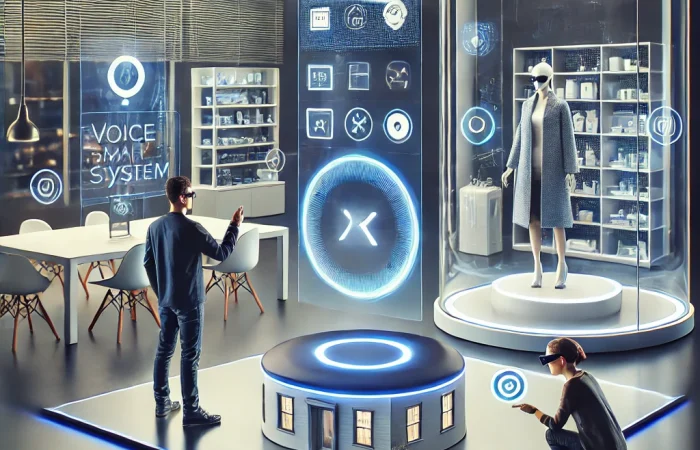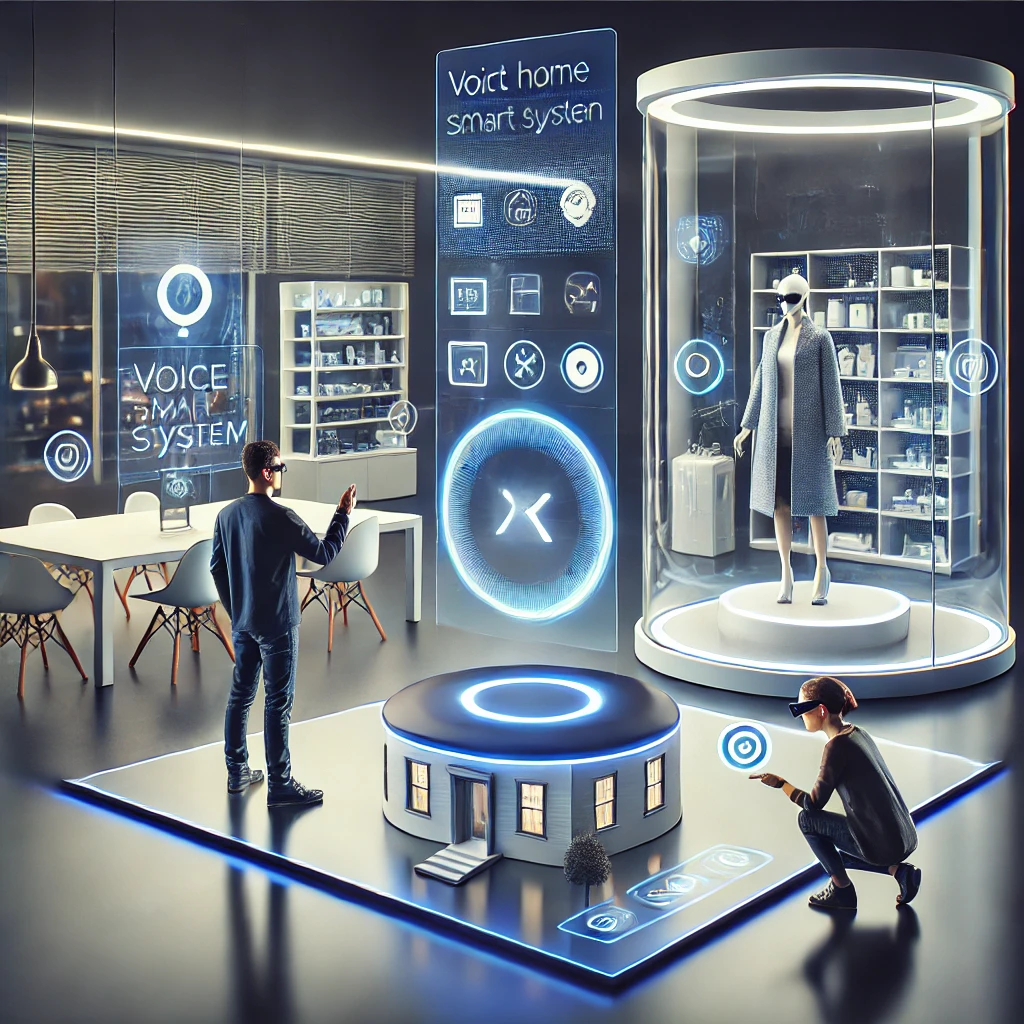
The Evolution of UX/UI Design: Trends Shaping Digital Experiences
User Experience (UX) and User Interface (UI) design have rapidly evolved over the years, influencing the way people interact with digital products and services. As technology advances, new trends emerge, shaping the digital landscape and redefining user expectations. Here are some of the key UX/UI trends that are defining the next generation of digital experiences:
1. AI-Powered Design and Personalization
Artificial intelligence (AI) and machine learning are revolutionizing UX/UI design by enabling hyper-personalized experiences. AI-driven recommendations, chatbots, and voice interfaces create seamless interactions tailored to individual user behaviors and preferences.
2. Dark Mode and Customizable Interfaces
Dark mode has gained immense popularity, offering users an alternative visual experience that reduces eye strain and conserves battery life. Additionally, customizable UI elements allow users to personalize themes, layouts, and accessibility features according to their needs.
3. Microinteractions for Enhanced Engagement
Subtle animations and microinteractions enhance user engagement by providing feedback, guiding users, and creating a more interactive experience. These small but impactful details improve usability and make interfaces feel more responsive.
4. Neumorphism and Soft UI
Neumorphism blends skeuomorphism and flat design, creating soft, tactile UI elements with realistic shadows and highlights. This trend adds depth to interfaces while maintaining a minimalist aesthetic, making digital products more visually appealing.
5. Augmented Reality (AR) and Virtual Reality (VR) Integration
AR and VR are reshaping UX/UI by enabling immersive digital experiences. From e-commerce product visualization to virtual meetings and gaming, these technologies provide users with an interactive, real-world-like environment.
6. Voice and Gesture-Based Interfaces
With the rise of smart devices and AI assistants, voice and gesture-based interfaces are becoming more common. These hands-free interactions improve accessibility and convenience, especially for users with disabilities or in hands-busy scenarios.
7. Inclusive and Accessible Design
Accessibility is a crucial aspect of modern UX/UI design. Designers are prioritizing inclusive practices by ensuring digital experiences cater to diverse users, including those with visual, auditory, and motor impairments.
8. Minimalist and Content-First Approach
Simplicity remains a key principle in UX/UI design. Clean layouts, ample white space, and a content-first approach ensure that users can navigate digital platforms effortlessly without unnecessary distractions.
9. Seamless Cross-Platform Experiences
With users interacting across multiple devices, ensuring a consistent experience across desktops, mobile devices, and wearables is essential. Responsive and adaptive designs guarantee a smooth transition across platforms.
10. Sustainability-Focused Design
As digital consumption grows, sustainability is becoming a priority. UX/UI designers are considering energy-efficient designs, optimizing web performance, and implementing eco-friendly design practices to reduce digital carbon footprints.
Conclusion
The evolution of UX/UI design is driven by technological advancements and changing user needs. As digital experiences continue to evolve, embracing these trends will be essential for creating intuitive, engaging, and user-friendly interfaces that enhance the way we interact with digital products and services.
